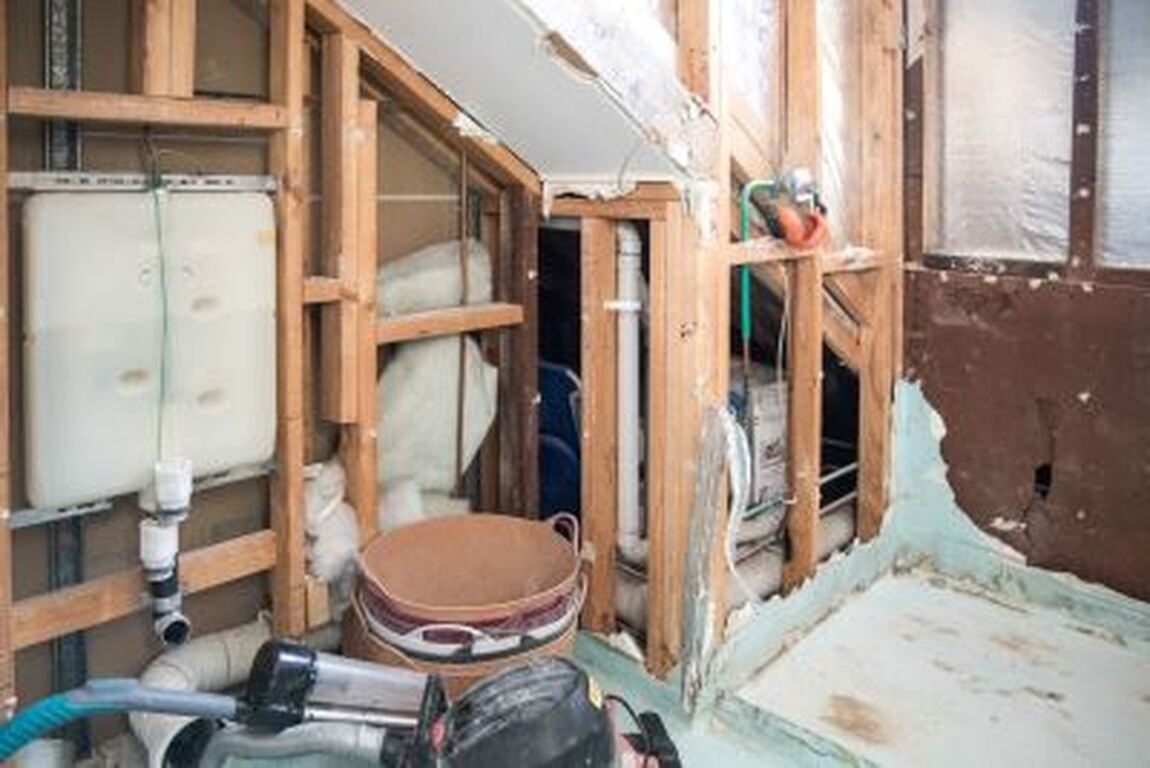Home price growth soars to record high
U.S. home price growth rose 18.6 percent in June, continuing a 13-month streak of appreciations, according to the monthly S&P/Case-Shiller U.S. National Home Price Index released Tuesday.
Prices soared from 16.8 percent growth in May, setting yet another new record following a series of historic highs. Low interest rates and massive inventory shortages are creating market conditions in which strong growth is expected to continue, according to the report.
In July, median existing-home prices rose 17.8 percent year over year, to $359,900, according to the National Association of Realtors.
“The last several months have been extraordinary not only in the level of price gains, but in the consistency of gains across the country,” said Craig Lazarra, managing director and global head of Index Investment Strategy at S&P.
“In June, all 20 cities rose, and all 20 gained more in the 12 months ended in June, than they had gained in the 12 months ended in May,” Lazarra added. “Home prices in 19 of our 20 cities (all but Chicago) now stand at all-time highs, as do the National Composite and both the 10- and 20-City indices. June’s 18.6 percent price gain for the National Composite is the highest reading in more than 30 years.”
Phoenix, San Diego and Seattle retained their spots as the three cities with the highest growth at 29.3, 27.1 and 25 percent respectively. Their growth has been unrivaled for more than a year due to the housing market falling out of pace with demand from the high number of people looking to relocate to those cities for work opportunities.
“We have previously suggested that the strength in the U.S. housing market is being driven in part by reaction to the COVID-19 pandemic, as potential buyers move from urban apartments to suburban homes,” Lazarra said. “June’s data are consistent with this hypothesis. This demand surge may simply represent an acceleration of purchases that would have occurred anyway over the next several years.”
The S&P/Case-Shiller U.S. National Home Price Index is “a composite of single-family home price indices that is calculated every month; the indices for the nine U.S. Census divisions are calculated using estimates of the aggregate value of single-family housing stock for the time period in question.”
“While the housing market feels like it has legs that never get tired, inventory and affordability constraints are still expected to put a damper on price growth,” CoreLogic Deputy Chief Economist Selma Hepp said in a statement. “Some early data suggests that the buyer frenzy experienced this spring is tapering, though many buyers still remain in the market. Nevertheless, less competition and more for-sale homes suggest we may be seeing the peak of home price acceleration. Going forward, home price growth may ease off but stay in the double digits through year-end.”
Prices soared from 16.8 percent growth in May, setting yet another new record following a series of historic highs. Low interest rates and massive inventory shortages are creating market conditions in which strong growth is expected to continue, according to the report.
In July, median existing-home prices rose 17.8 percent year over year, to $359,900, according to the National Association of Realtors.
“The last several months have been extraordinary not only in the level of price gains, but in the consistency of gains across the country,” said Craig Lazarra, managing director and global head of Index Investment Strategy at S&P.
“In June, all 20 cities rose, and all 20 gained more in the 12 months ended in June, than they had gained in the 12 months ended in May,” Lazarra added. “Home prices in 19 of our 20 cities (all but Chicago) now stand at all-time highs, as do the National Composite and both the 10- and 20-City indices. June’s 18.6 percent price gain for the National Composite is the highest reading in more than 30 years.”
Phoenix, San Diego and Seattle retained their spots as the three cities with the highest growth at 29.3, 27.1 and 25 percent respectively. Their growth has been unrivaled for more than a year due to the housing market falling out of pace with demand from the high number of people looking to relocate to those cities for work opportunities.
“We have previously suggested that the strength in the U.S. housing market is being driven in part by reaction to the COVID-19 pandemic, as potential buyers move from urban apartments to suburban homes,” Lazarra said. “June’s data are consistent with this hypothesis. This demand surge may simply represent an acceleration of purchases that would have occurred anyway over the next several years.”
The S&P/Case-Shiller U.S. National Home Price Index is “a composite of single-family home price indices that is calculated every month; the indices for the nine U.S. Census divisions are calculated using estimates of the aggregate value of single-family housing stock for the time period in question.”
“While the housing market feels like it has legs that never get tired, inventory and affordability constraints are still expected to put a damper on price growth,” CoreLogic Deputy Chief Economist Selma Hepp said in a statement. “Some early data suggests that the buyer frenzy experienced this spring is tapering, though many buyers still remain in the market. Nevertheless, less competition and more for-sale homes suggest we may be seeing the peak of home price acceleration. Going forward, home price growth may ease off but stay in the double digits through year-end.”


 Menu
Menu




